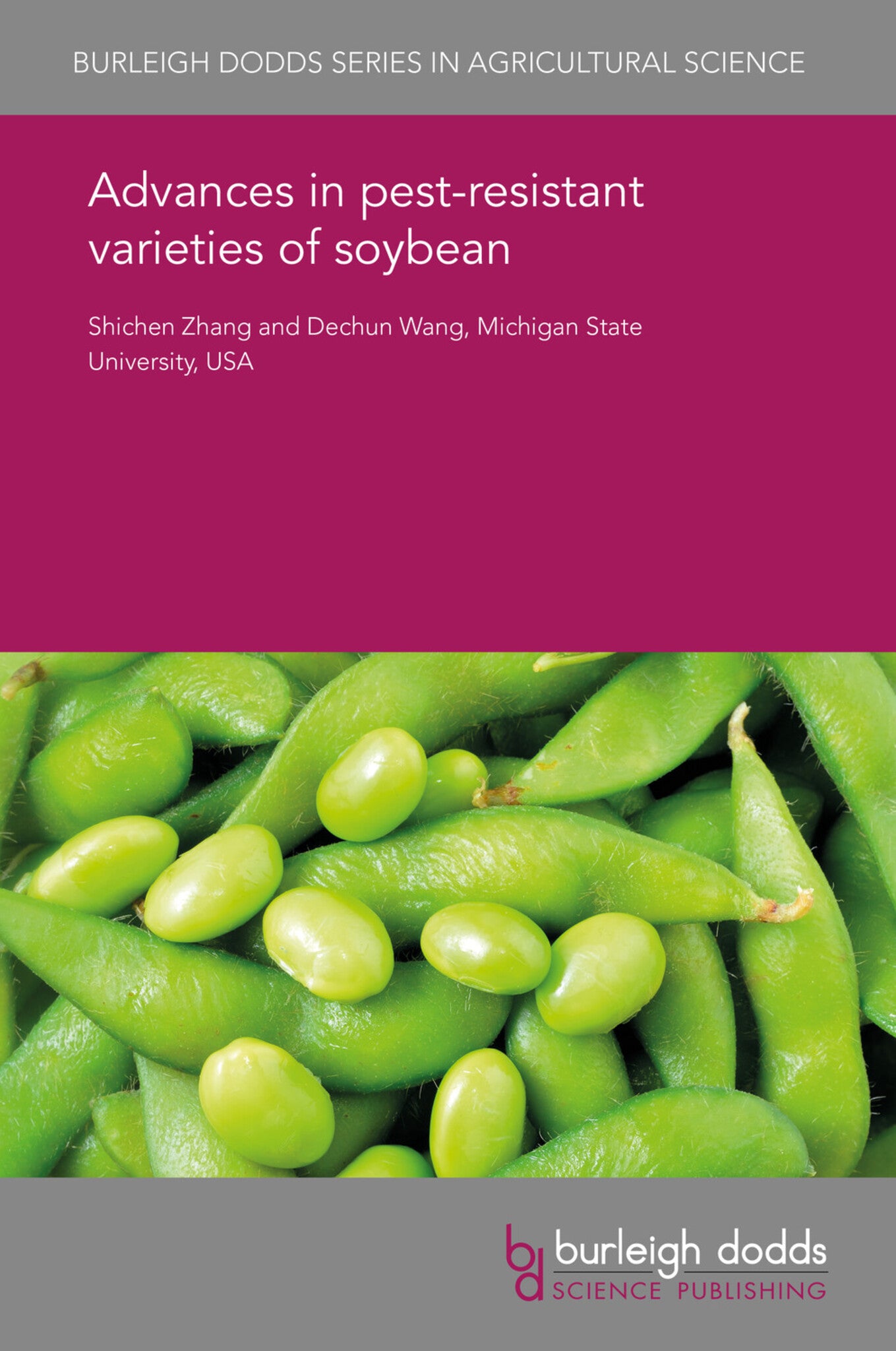We're sorry. An error has occurred
Please cancel or retry.
Advances in pest-resistant varieties of soybean

Some error occured while loading the Quick View. Please close the Quick View and try reloading the page.
Couldn't load pickup availability
- Format:
-
12 February 2018


TECHNOLOGY & ENGINEERING / Agriculture / Sustainable Agriculture, Agronomy and crop production, TECHNOLOGY & ENGINEERING / Agriculture / Tropical Agriculture, TECHNOLOGY & ENGINEERING / Agriculture / Agronomy / General, TECHNOLOGY & ENGINEERING / Pest Control, Sustainable agriculture, Pest control / plant diseases, Tropical agriculture

1 Introduction 2 Mechanisms of HPR 3 Insect resistance in the soybean germplasm 4 Breeding challenges 5 Bacillus thuringiensis (Bt) soybean 6 Case study: developing aphid-resistant varieties 7 Conclusion 8 Future trends 9 Where to look for further information 10 References



